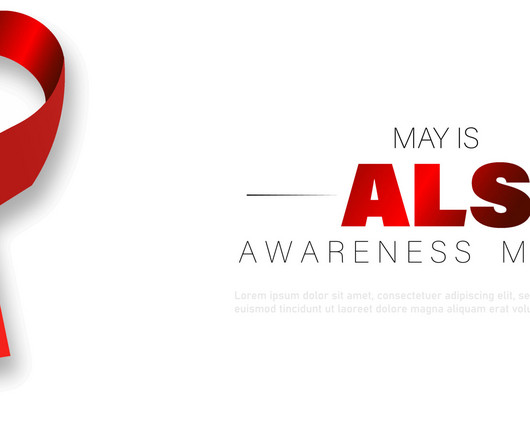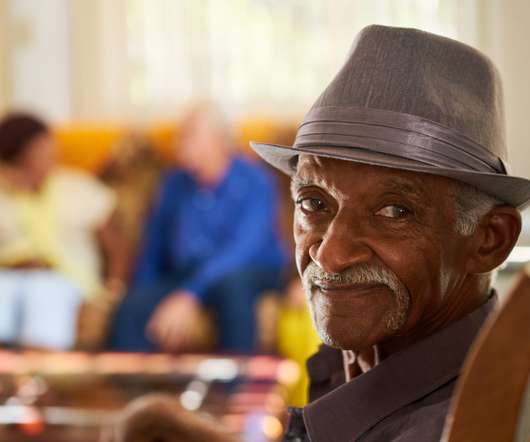When is an Alzheimer’s Patient Ready for Hospice?
Traditions Health
JUNE 1, 2025
And since there is no cure for this terminal condition, caregivers often find themselves in need of additional support when their loved one nears the end of their life. Hospice care can help improve comfort and quality of life for someone in late-stage dementia and benefit their caregivers in many ways.














Let's personalize your content